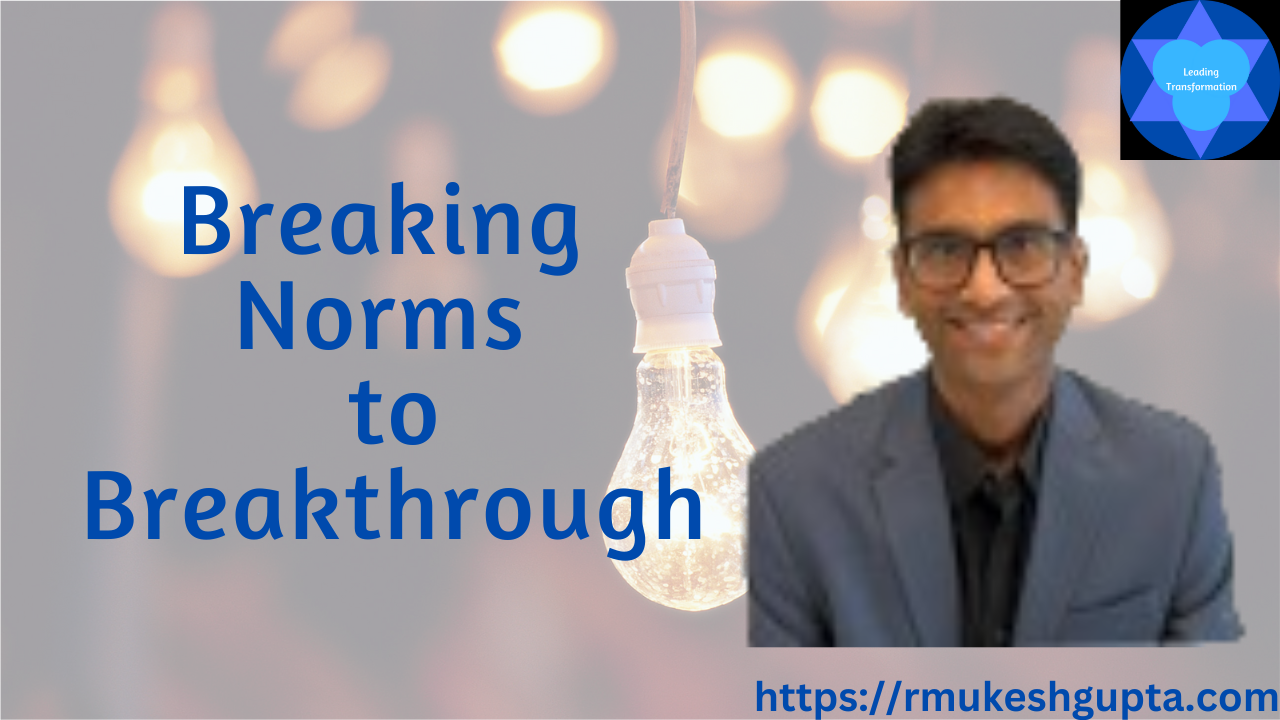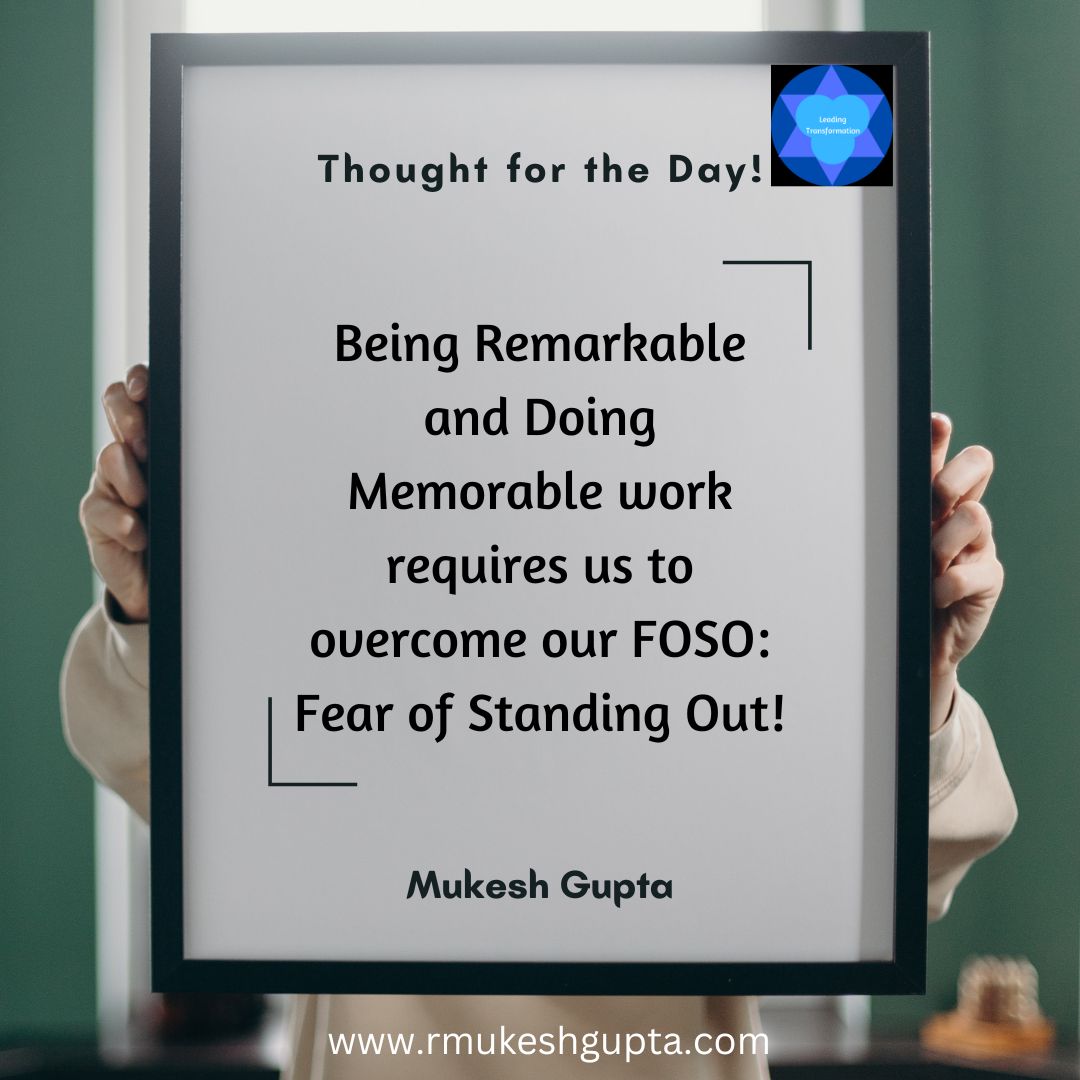At last Elan Musk unvieled his design for ultra speed travel system – HyperLoop. I think that the idea that he laid out in a 57 page document, is as good an idea as we might have currently.

However, After having read through the generic description, I think that this is a good start to the pursuit of sub-sonic ground transportation. However, in its current state, this concept is impractical due to the fact that the entire concept seems to have been designed with the Los Angeles to San Fransisco route in mind, which, is mostly without much curves in the route. I am not sure how many such routes exist across many different cities.
The design that has been shared has two options:
- Capsules that can take about 48 passengers, with a capsule leaving every 2 minutes
- Capsules that can take 3 fully sized passenger cars in addition to the passengers.
Now, Elan has already indicated that he is too busy to build the network himself and would like to see someone take this concept design, use open-source contributions and build the line. He also indicated that he could build a working prototype in about three to four years (if no one comes forward to build this).
Now, the design itself is of not much interest to me as I am sure that with any project that is as ambitious, this will not finish on time or on budget. However, what is interesting to me is the following:
- There seems to be a growing need for significantly safer, faster, cheaper and greener travel options between pairs of cities (Los Angeles – San Fransisco; Delhi – Mumbai and similar) which have a lot of traffic between the cities.
- The hype and interest that Mr. Musk was able to generate for the concept. There is a lot of learning for marketers here on how to build expectations and get media attention on their terms. This, I shall cover in a separate post shortly.
- HyperLoop is conceptualized assuming that the current mode of transportations (Air, Rail, Road & Boat) have reached their limits and can’t be improved further to make them significantly safer, faster, cheaper and greener. I do think that this may not be the case. There could be potential ideas on how to make one of these transportation modes significantly to enable us to travel at about 600 – 700 kms an hour. Now, the question is if we are even looking at these options as well before we set out to create a totally new network which will not only cost billions of dollars but will take years or maybe even decades to complete. As I had mentioned in one of my earlier post, the solution proposed by Elon might look sexy and innovative, but, in my opinion, is not the best solution to the transportation challenge that we face – Significantly safer, faster, cheaper and greener alternative to the current options.
- It would be interesting to watch this space to see if the idea of having an open-source concept development in such a large scale public project attracts interest. If there is significant interest in improving the concept and design from the community, this could also pave the way for a possiblity of a much more deeper engagement with the community in all future large scale public projects, which in a way could lead to a cheaper cost of the project and could also enable us to contribute in any which way possible. This will herald us in a true era of private-public partnership.
Having said all this, my opinion is that, this concept does fill me with hope that significantly safer, faster, cheaper and greener transportation options will be devised within this decade.
What do you make of this concept? Would you like to participate in an open-source project to enhance this design or even to work on creating ideas to significantly improve the current transportation options? Do let me know by commenting below or by tweeting to me at @rmukeshgupta.




